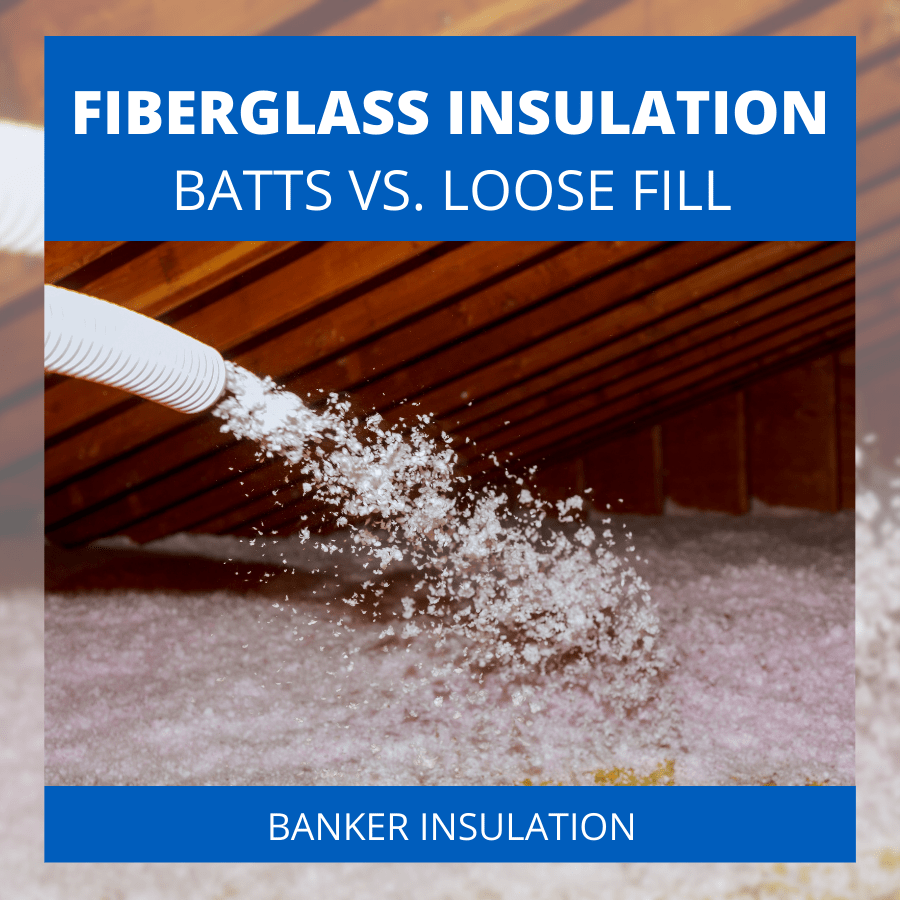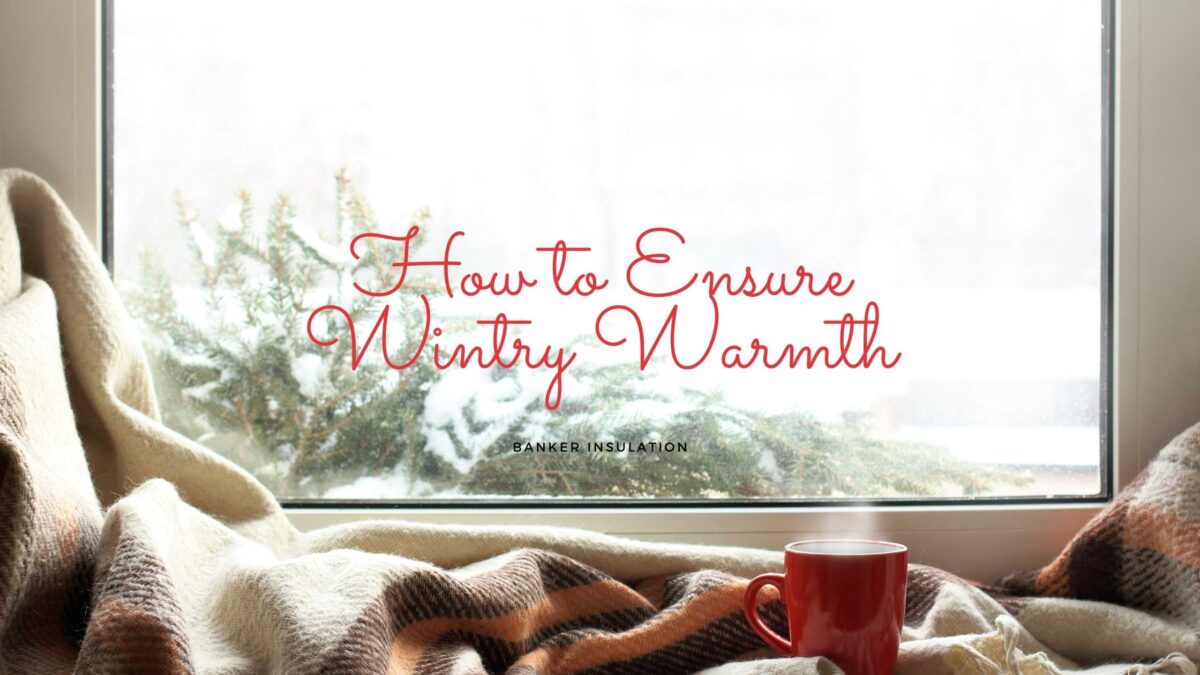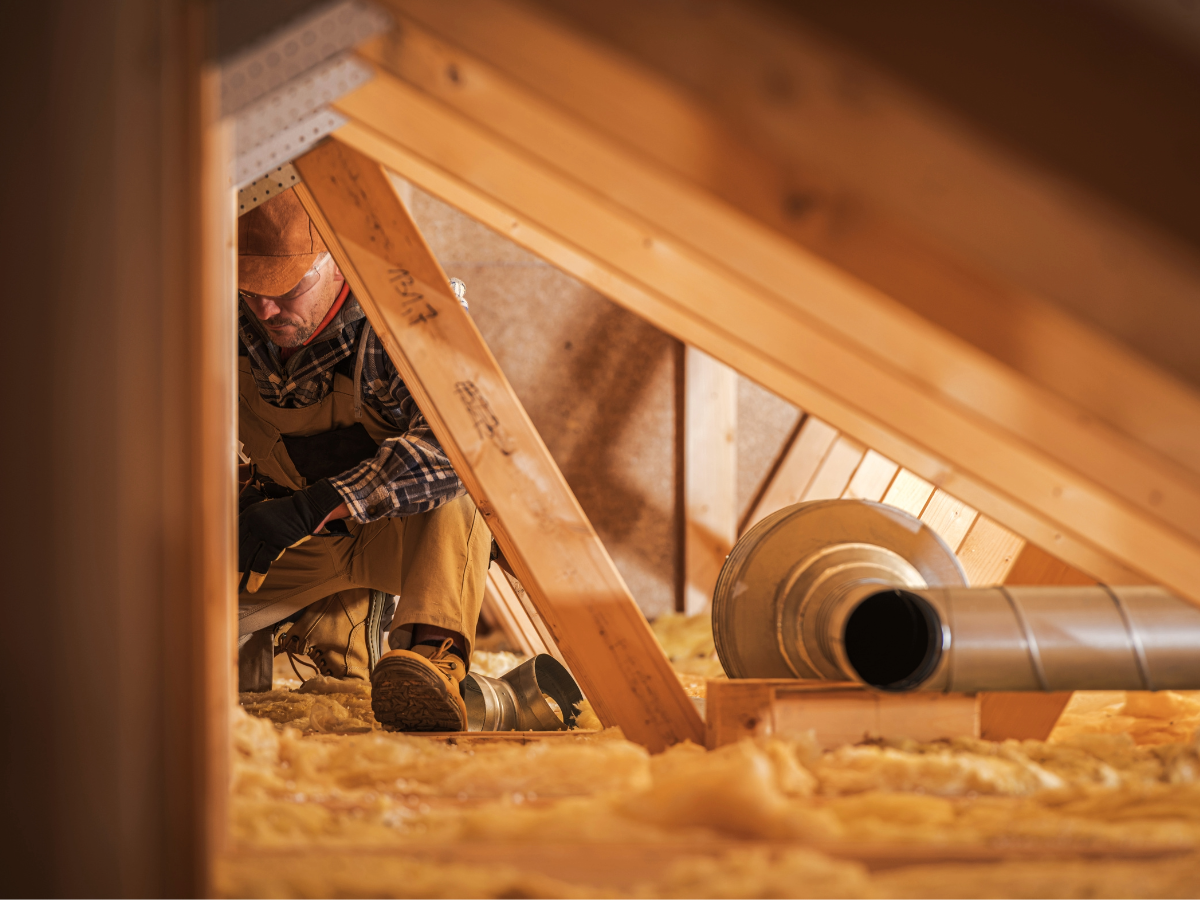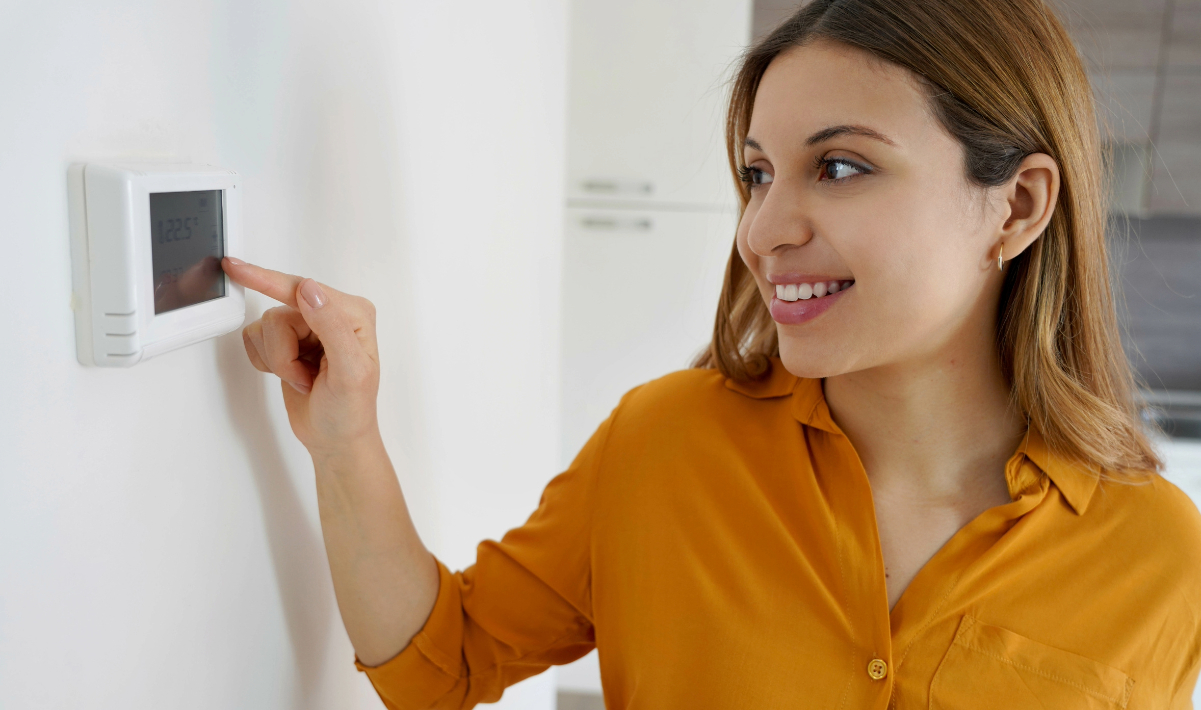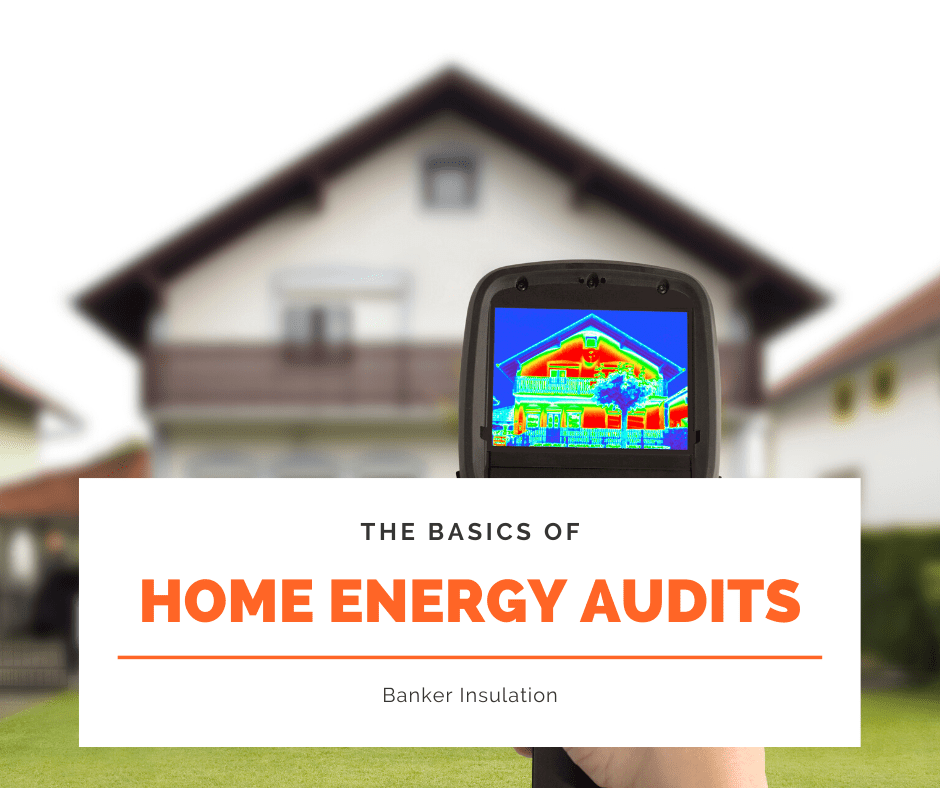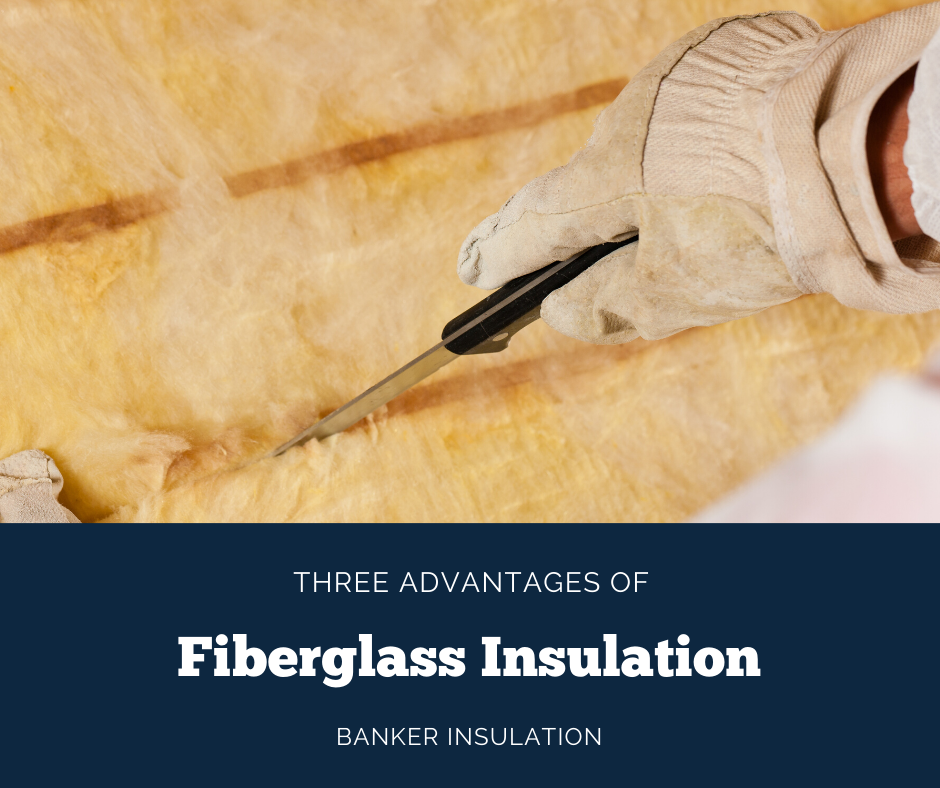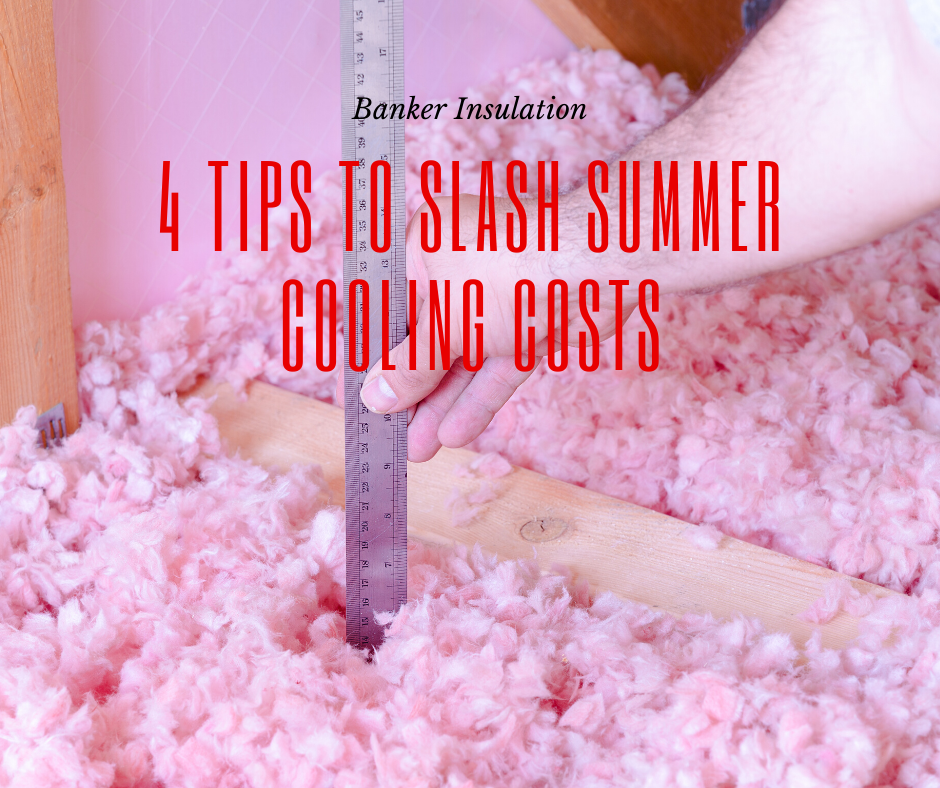Fiberglass insulation is an excellent insulation material that is cost effective, energy efficient, and has acoustic properties. According to the United States Department of Energy, it features between 40 and 60 percent recycled content, making it an environmentally sustainable product.
Additional benefits associated with fiberglass insulation include its thermal performance and moisture and fire resistance properties. Depending on the type, this insulating material either comes in specific R-Values – a measure of its resistance to heat flow – or can be blown in to meet ENERGY STAR’s recommendation.
There are two types available: batts and loose fill. Ideally, batt insulation should be professionally installed, as proper fit is crucial for benefitting from the material. Because loose fill insulation requires specialized equipment, it must be installed by an experienced, licensed insulation contractor.

Select the Right Type for the Application
Batt Insulation
A defining feature of batt insulation, also available as rolls, is its versatility. They can be installed in attics, wall cavities, and floor cavities and to a depth that meets ENERGY STAR’s recommended R-values. This insulating type must fill the area where it is being installed, meaning there can be no gaps, ensuring maximum performance.
Blown-in Loose Fill
A more efficient alternative to batts and rolls is loose fill fiberglass insulation that is blown into the attic space using truck-mounted equipment. This installation technique allows the material to fill in gaps and tight areas, where installing batts would be more difficult. Loose fill materials, when professionally installed, offer the same R-values as other fiberglass insulation types.
Hire an Insulation Contractor for Correct Fit
Banker Insulation is a full service insulation contractor with 18 valley locations to help Arizonans improve their residential or commercial property’s energy efficiency.
Banker Insulation has been installing fiberglass insulation and other types of materials since 1977. Additional services include sound attenuation and energy audits. Schedule an appointment today by contacting one of our offices.

